It’s tough to know how many strawberry plants to plant for your household. The right number of plants is different for everyone. How many plants you need depends on how you plan to use the berries, along with other factors.
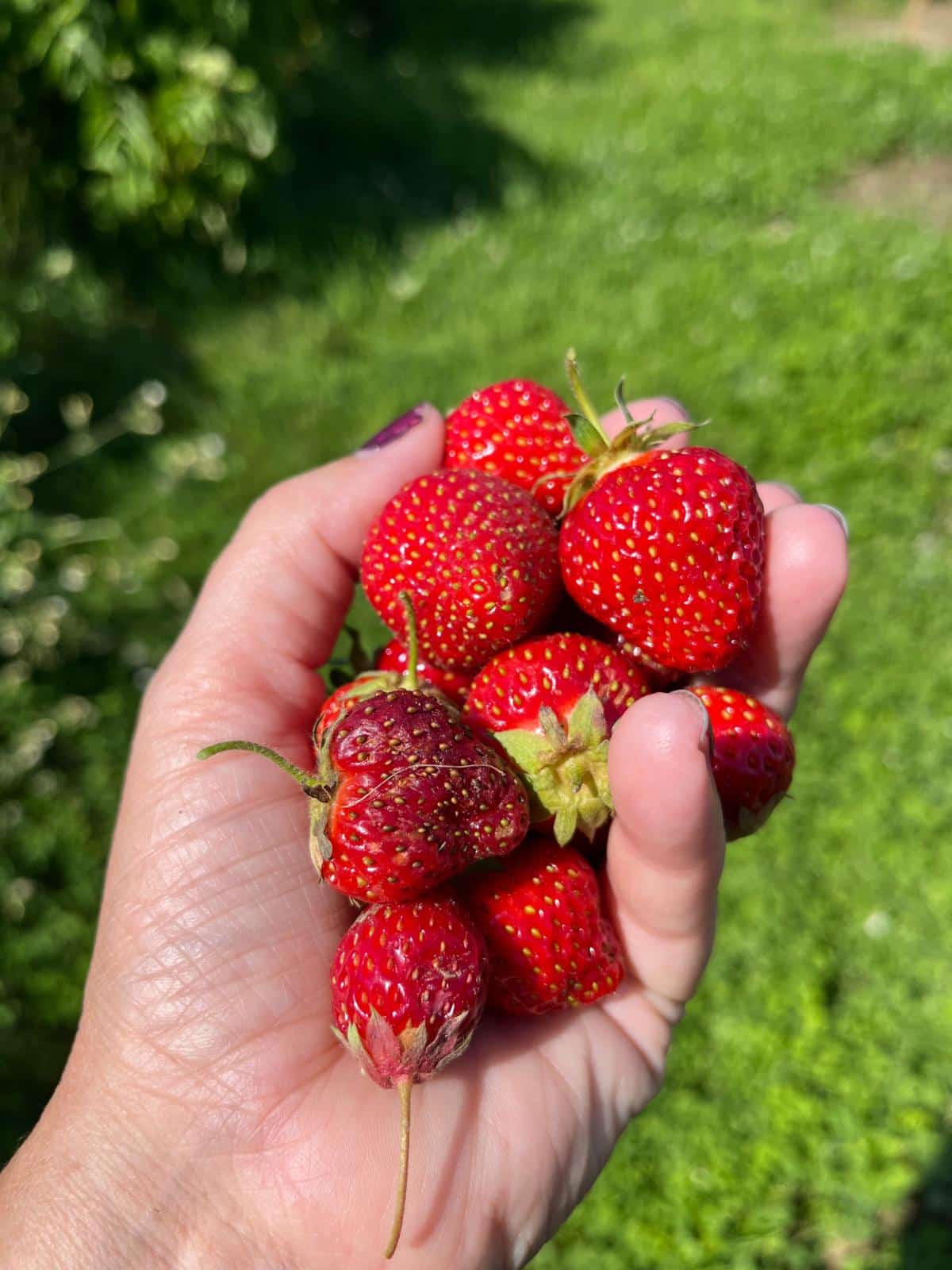
There are, however, good ways to estimate and calculate how many strawberry plants it will take to make you happy.
Jump to:
First, Consider Your Space
The first thing to consider before you think about how many strawberries you want and for what use(s) is how much space you have to work with.
One thing you do not want to do is crowd your strawberry plants. That leads to too much competition among the plants, which leads to low yields, small fruit, and weakened plants that result in vulnerability to immune and disease problems.
So, as much as we’d like to, it’s best to plant according to recommended plant spacing and space availability.
Plants per Square Foot and Space Requirements for Strawberries
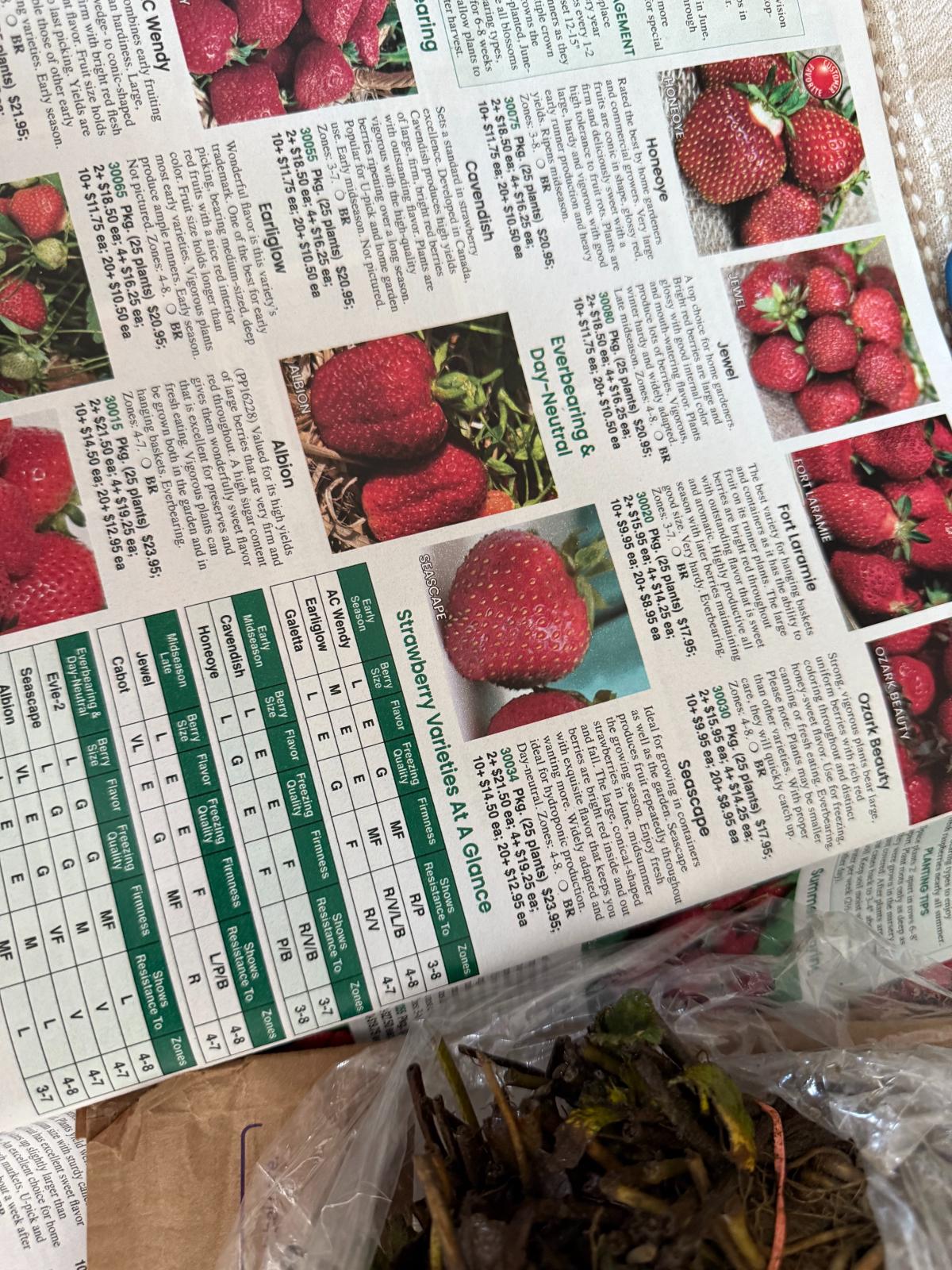
How much space do you need to grow strawberries?
June bearing strawberry Plant Spacing:
- 1 square foot of soil space per plant
- Can extend spacing to as much as 18 inches (1 ½ feet) between plants
- June bearing plants will spread into a matted row, so as the patch fills in in the first year, allow the plants to send and root runners/daughters on either side of the parent plant for a row that is 24 inches wide
- It is not recommended that you allow the row to get wider than 30 inches because it gets too difficult to reach and pick or weed in the middle
- To get the maximum planned yield from June bearing strawberries, you should plan your space for matted rows
Everbearing and Day-Neutral Strawberry Plant Spacing:
- 1 square foot per plant
- Plants will grow bushy and fill in the one-foot space, but they will not send runners and will not form a matted row like June bearing strawberries do
- Double rows are a good use of space, though, so you can (and should) plant everbearing and day-neutral varieties in double rows with 12 inches between the plants side by side and 12 inches between the plants running lengthwise down the row
Measure and plan your space
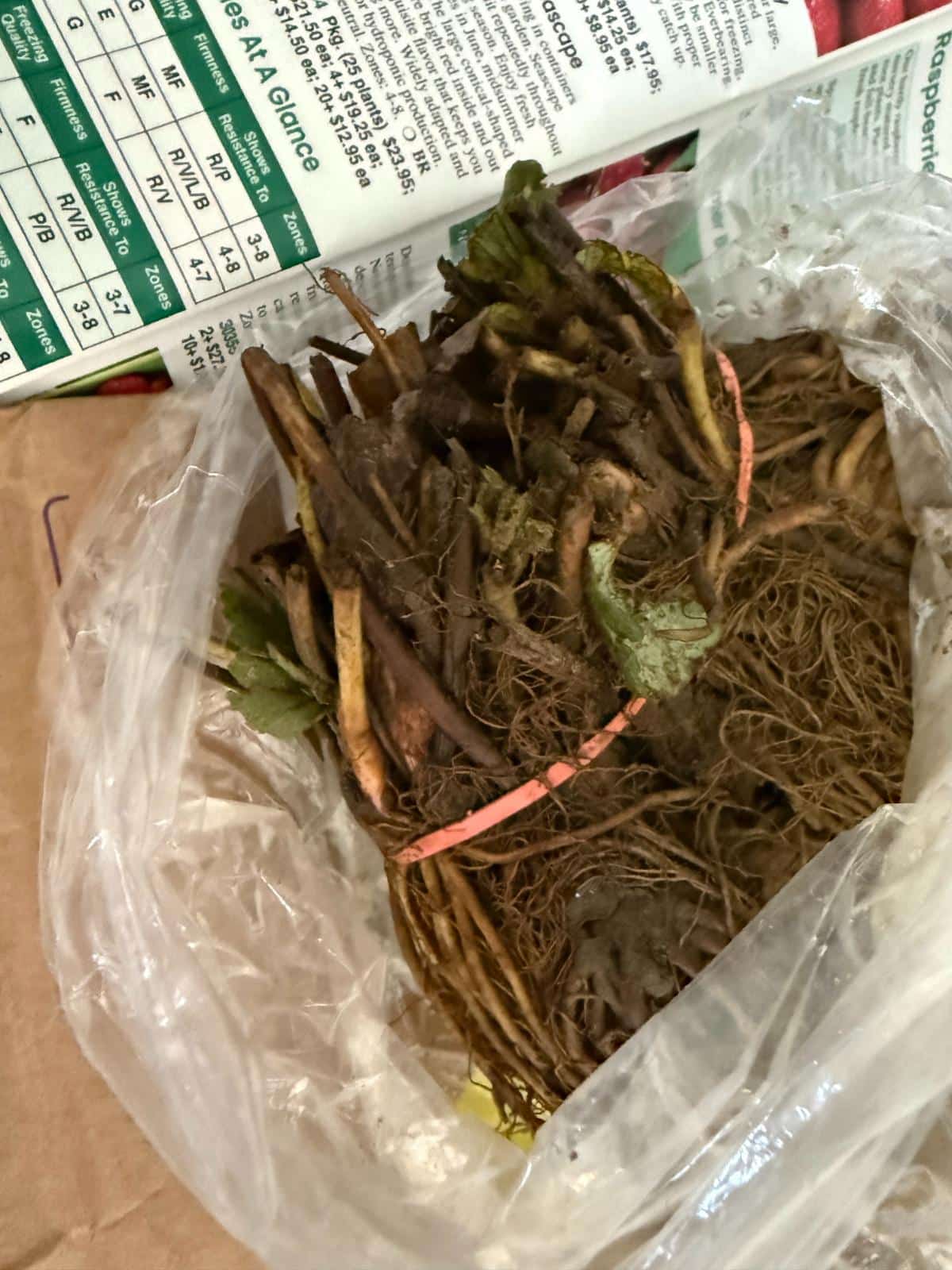
Now that you know how many plants you can fit per square foot of space, you need to measure the space available where you plan to make your beds or plant your rows. Then, divide to determine how many plants you can fit there.
Depending on how much space you have available to you, this may be the only number you need to help you decide how many strawberry plants to buy (because you can only buy as many plants as you have room for).
If there is plenty of space available, go on to the other yields and measures to decide how much of that space should be devoted to strawberries.
Next, Think About How You Want to Use Your Berries
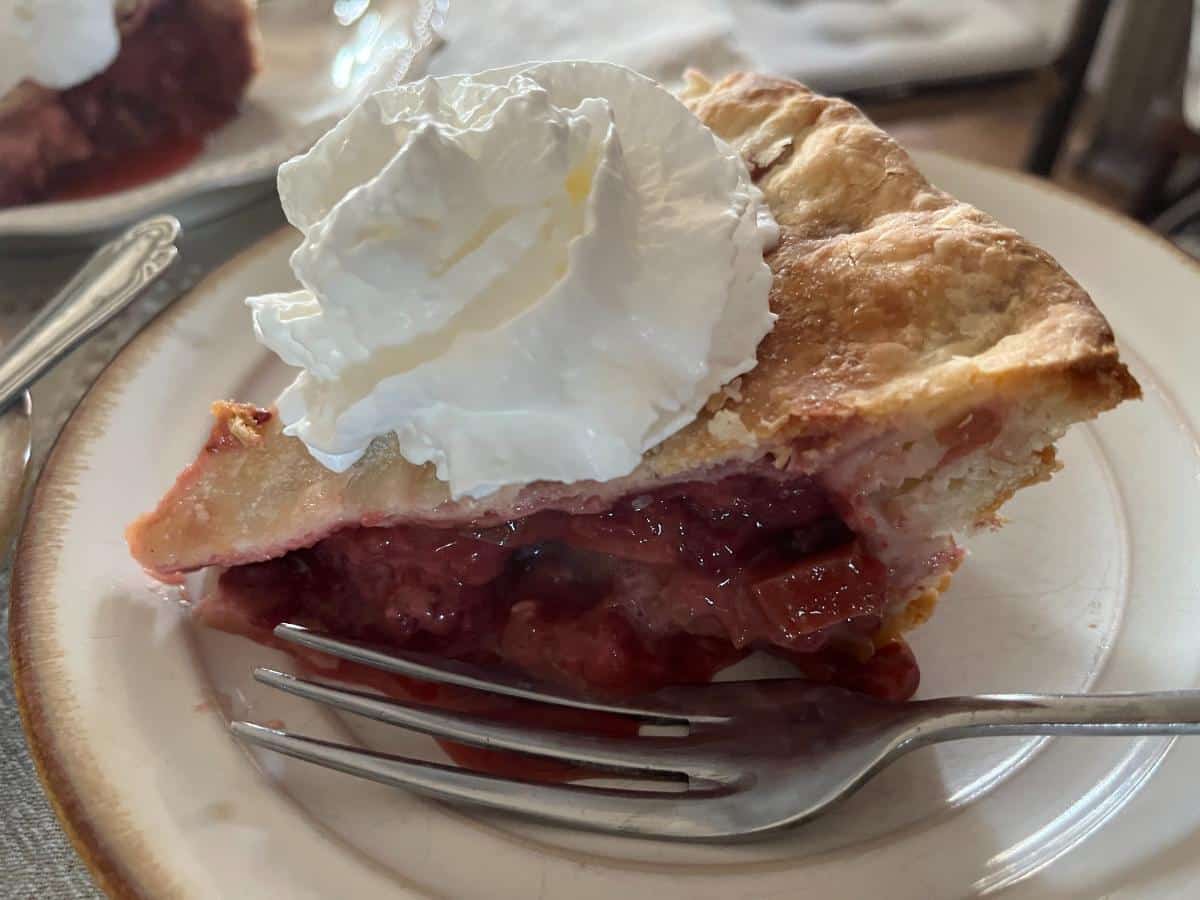
The next things to consider are how you want to use your berries and how many people you are growing for.
Fresh eating only? Fresh eating and canning or preserving?
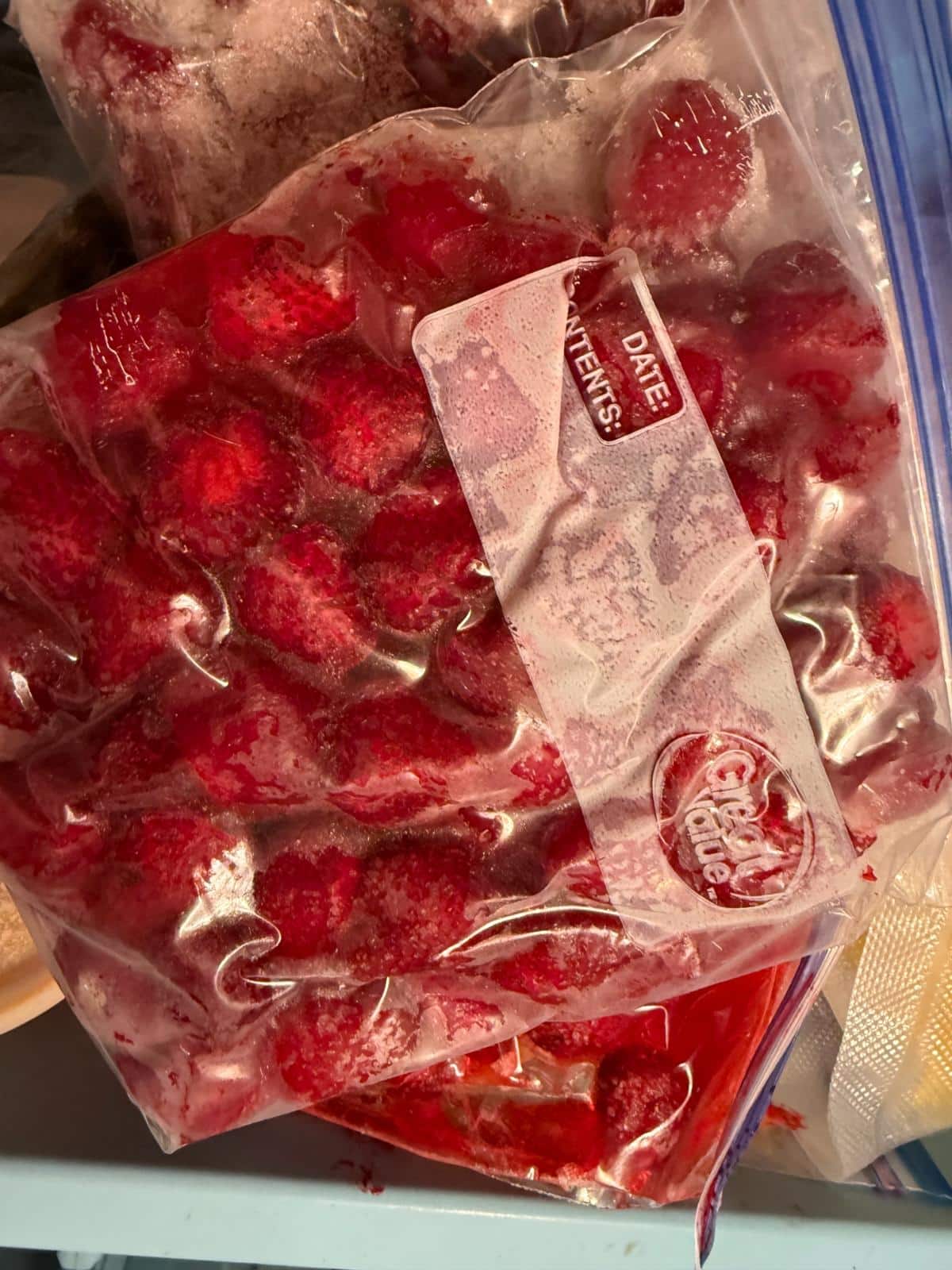
Do you only want strawberries for fresh picking and eating?
- Then, you will only need six (6) to ten (10) plants per person.
Do you want berries for both fresh eating and a moderate amount of preserving (freezing, dehydrating, jam making…)?
- Plant 25 to 30 plants per person
Do you want fresh eating plus heavy preserving?
- Plant 40 plants per per person
How many people are you feeding?

Multiply the number of people in your household times the number of plants needed for your use/purpose:
Fresh eating only for a four-person household:
- Light to moderate fresh use: 6×4= 24 strawberry plants (add 6 plants for each additional person over 4)
- Heavy to moderate fresh use: 10×4= 40 strawberry plants (add 10 plants for each additional person over 4)
Fresh eating and preserving for a four-person household:
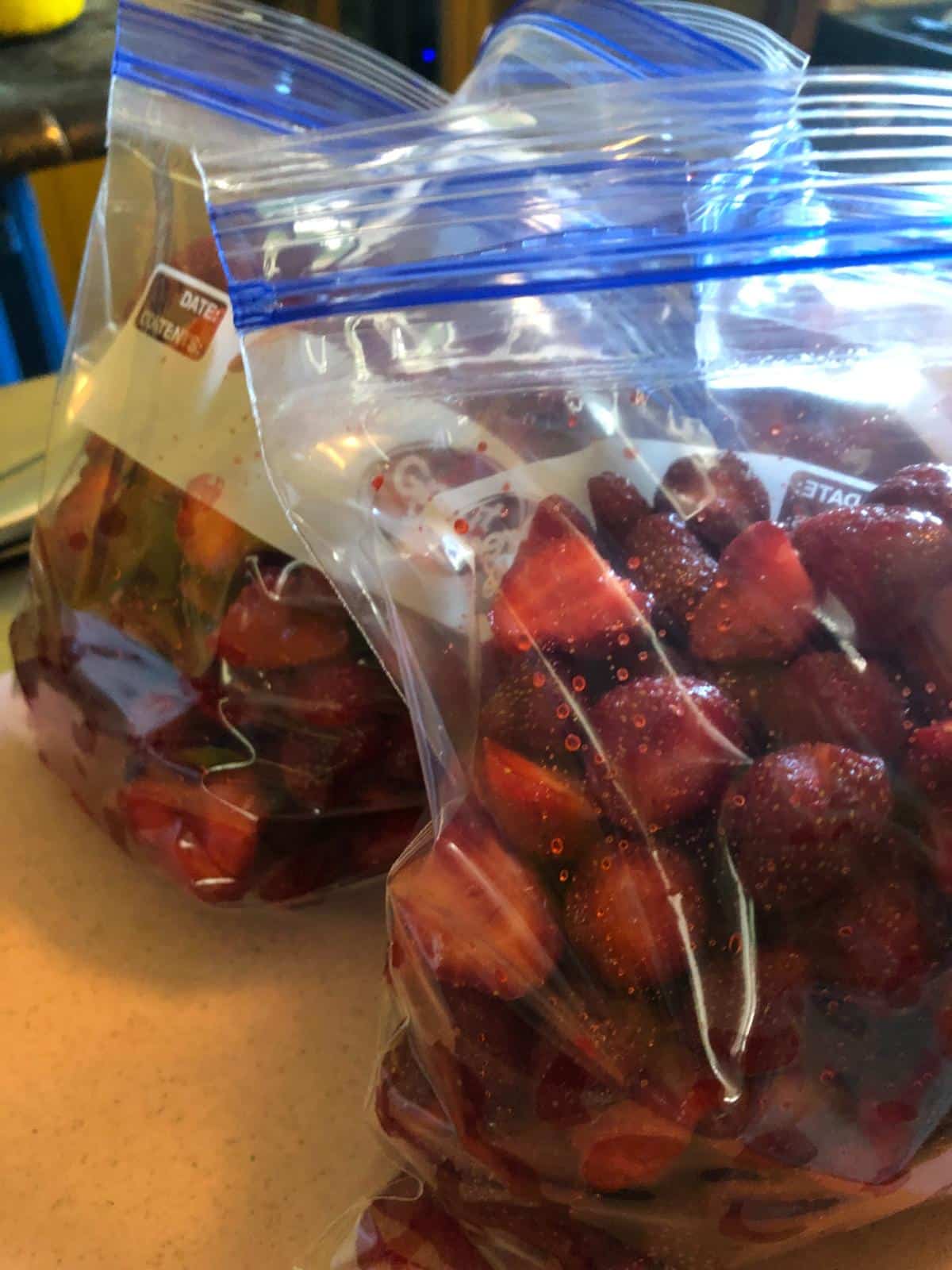
- Moderate eating and preserving: 25×4= 100 strawberry plants (add 25 plants for each additional person over 4)
- Heavy eating and preserving: 40×4= 120 strawberry plants (add 40 plants for each additional person over 4)
The Production Rule of Thumb for Planning Purposes
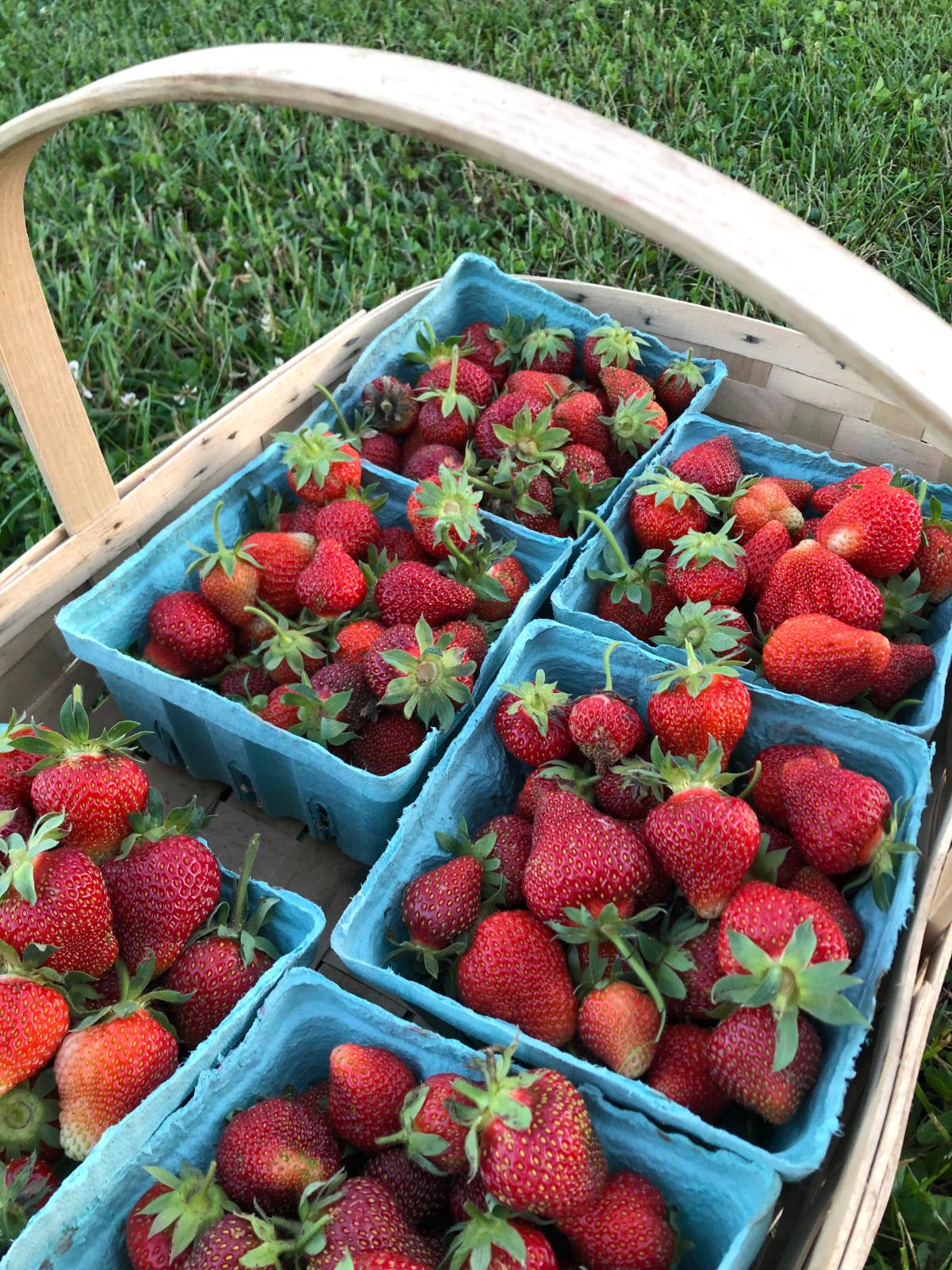
Another way to help you decide how many strawberry plants to grow is to estimate the annual yield per plant. This will tell you how many strawberries (in quarts) you can expect to get from your planting, and then you can adjust up or down from there.
The expected yield per plant per year for strawberries is one quart per plant.
- 6 plants = 6 quarts
- 10 plants = 10 quarts
- 25 plants = 25 quarts
- 40 plants = 40 quarts
Keep in mind that as the bed starts to slow down and needs replacing, these yields may fall off. The one-quart estimate is for well-fertilized, well-maintained strawberry patches in their prime, up to three to five years.
Yield Numbers Hold True Whether June Bearing, Everbearing, or Day-Neutral

The one-quart per plant rule holds true whether you are planning to grow June bearing, everbearing, or day-neutral varieties. Each of these types of plants has different harvest periods and lengths, but the yield is the same because when they ripen and get harvested, they are different.
For example, June bearing strawberries will flush their whole annual yield within about two to three weeks’ time. If you like to do all your preserving at once, June bearing plants are the best option.
Everbearing will flush half at the beginning of summer (typically around June) and the rest in a second flush later in the summer or early fall. If you want to spread out your use a little and not be so overwhelmed in June, everbearing can be a good answer.
Day-neutral strawberries will produce less at a time, but they will produce steadily over the entire summer and into fall, usually until frost. This makes them a great choice for fresh eating purposes while still being able to preserve, albeit in smaller batches.
Of course, you could also plant more than one type of strawberries to get the best of both (or all three) worlds.









Leave a Reply